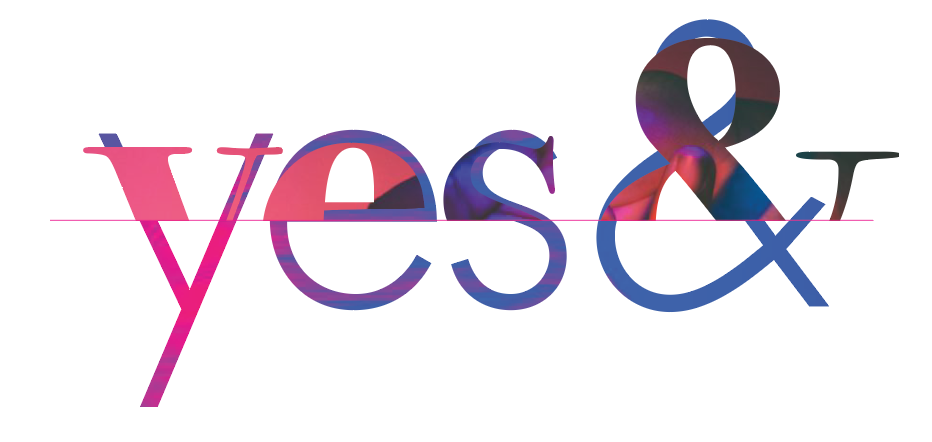Image recognition technology is growing at an alarming rate. In our class discussions, we’ve touched on gross misuses of image recognition. Horror stories about usage in police departments… Churning images for data collection to be used for later “unknown purposes”… The list continues. It’s also easy to quantify this database as something that is beneficial to society and those police departments using this information without our consent are doing it to better the lives of others. This presents a false comfort in society, as people go about their day-to-day lives, unaware that images are secretly circulated – images to be shared and stored. Until public outcry occurs, companies can do as they please. Or will continue to do so even with public scrutiny.
In the last few years, China police forces have invested heavy resources into building the world’s largest video surveillance and facial recognition system. For example, a BBC reporter was taken into custody within seven minutes of police documenting his headshot to the database.
Image recognition is also prevalent in the entertainment sector. In the 2018 Rose Bowl, Taylor Swift employed facial recognition to find potential stalkers. As viewers were mesmerized by her show number, they were unaware that the kiosks were secretly taking and documenting their photos. Afterward, images were compared against hundreds of identified stalkers at the Nashville command post.
When questioned, Ticketmaster’s chief product officer mentioned that, “We’re just being very careful about where and how we implement it.”
This spells trouble. After all, who owns these images? What does that mean for the future of entertainment? Subsequently, how will this impact our everyday lives?

